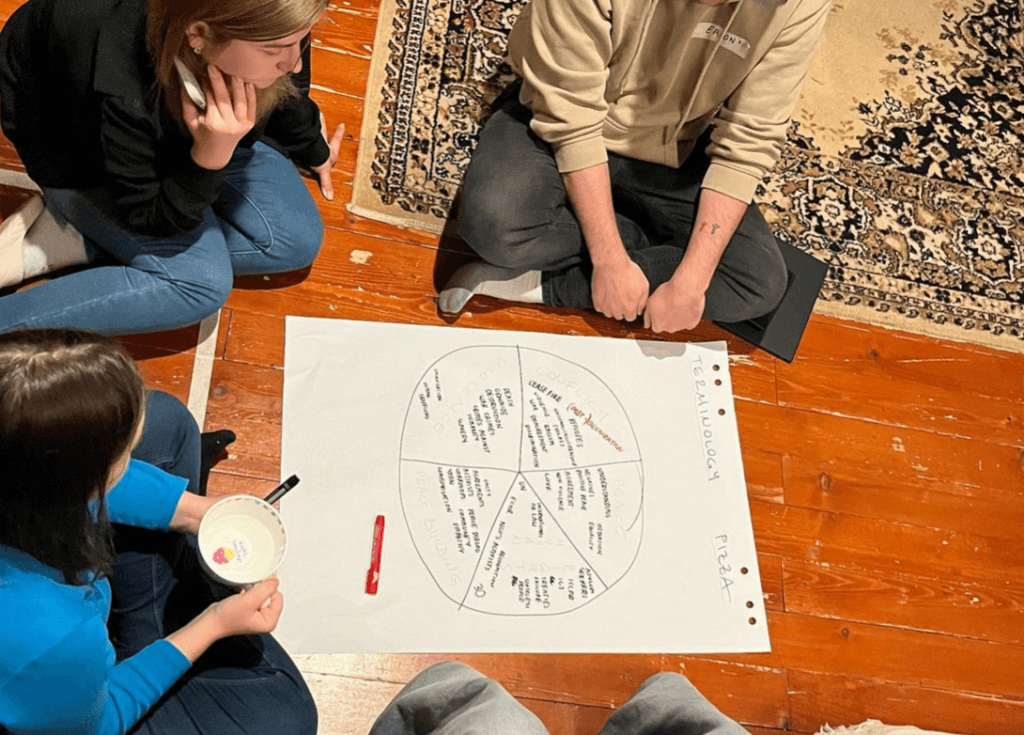Identifying challenges
We are living in a time of immense challenges to human rights. Billions of our citizens continue to experience conflicts at various levels, discrimination, racism, violent extremism, homophobia, gender inequality, and domestic violence which has especially increased in times of pandemic. There are enormous disparities of opportunity, especially for young people, who lack the chances to participate in decision-making processes. More frequent natural disasters and climate change are a serious risk to the fundamental rights to life, health, food, and an adequate standard of living of individuals and communities.
It is also, however, a time of immense opportunity. Technological progress and increased digital capabilities create the great potential to bring societies together and contribute to community education. Each partner organisation and, therefore, each target community faces specific challenges in its pursuit of peaceful transformation. While all project partners are active members of the Youth Peace Ambassadors Network, they all work in unique and distinct environments with individual methods and approaches.
The four steps of mapping local realities
Each partner supported the YPAN fellows in conducting a mapping exercise to identify human rights-related issues in their respective local communities. The results of the mapping were presented during the second training in Poland and were used in developing action plans for implementing local initiatives. Human rights mapping consists of four steps:
1. Identify 3 human rights issues
Identify three issues in the local context of the organisation that are relevant to human rights violations.
2. Identifying causes and consequences of the identified issues with the issue tree.
Analyse the identified issues, using the issue tree template. Place the core issue which you identified in the previous step in the middle, and think about its causes and its consequences. Identify the immediate cause and immediate effect of the issue. Think about the secondary causes and effects. Make an issue tree for each of three identified issues. Based on the mapping, identify interconnections between each of the issues.
3. Stakeholders analysis with the stakeholders mapping.
In this step, use the stakeholders mapping template to analyse the key players involved in the identified issues. List the stakeholders (key players) involved in the identified issue and rate them from those who are positive stakeholders (defenders, activists, those working on changing the situation), negative stakeholders (perpetrators, those who are no interested in having the issue to be solved), and neutral (institutions, organisations who are aware of the issue but are neither supportive nor perpetrating). Use this template to analyse those who are affected by the human rights violation in your community.
4. Identify possible interventions with the solution tree.
Think about possible intervention to bring the change in relation to each of the issues identified. In order to do it, we invite you to use the solution tree template. First, look at the problem tree from step one and focus on its main issue. Change the central problem (the trunk) from a negative to a positive statement. Write this positive sentence on the trunk of the solution tree. Do the same for the causes by turning each one into a positive statement. Put these positive sentences on the roots of the solution tree. Now, your causes become potential solutions. Repeat this for the effects by making them positive statements. Stick these positive sentences of the branches of the Solution Tree. Now, the effects become potential benefits.

